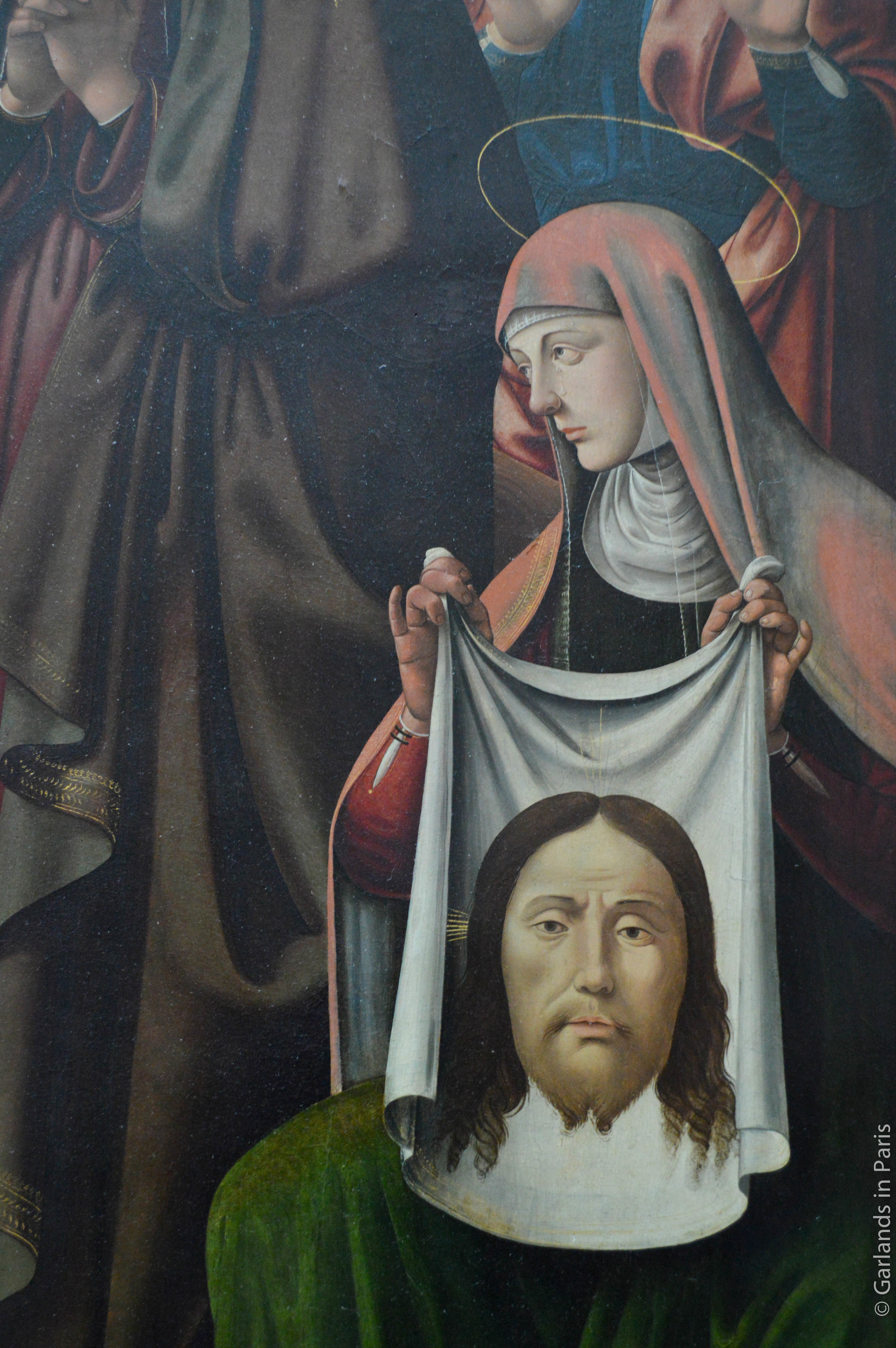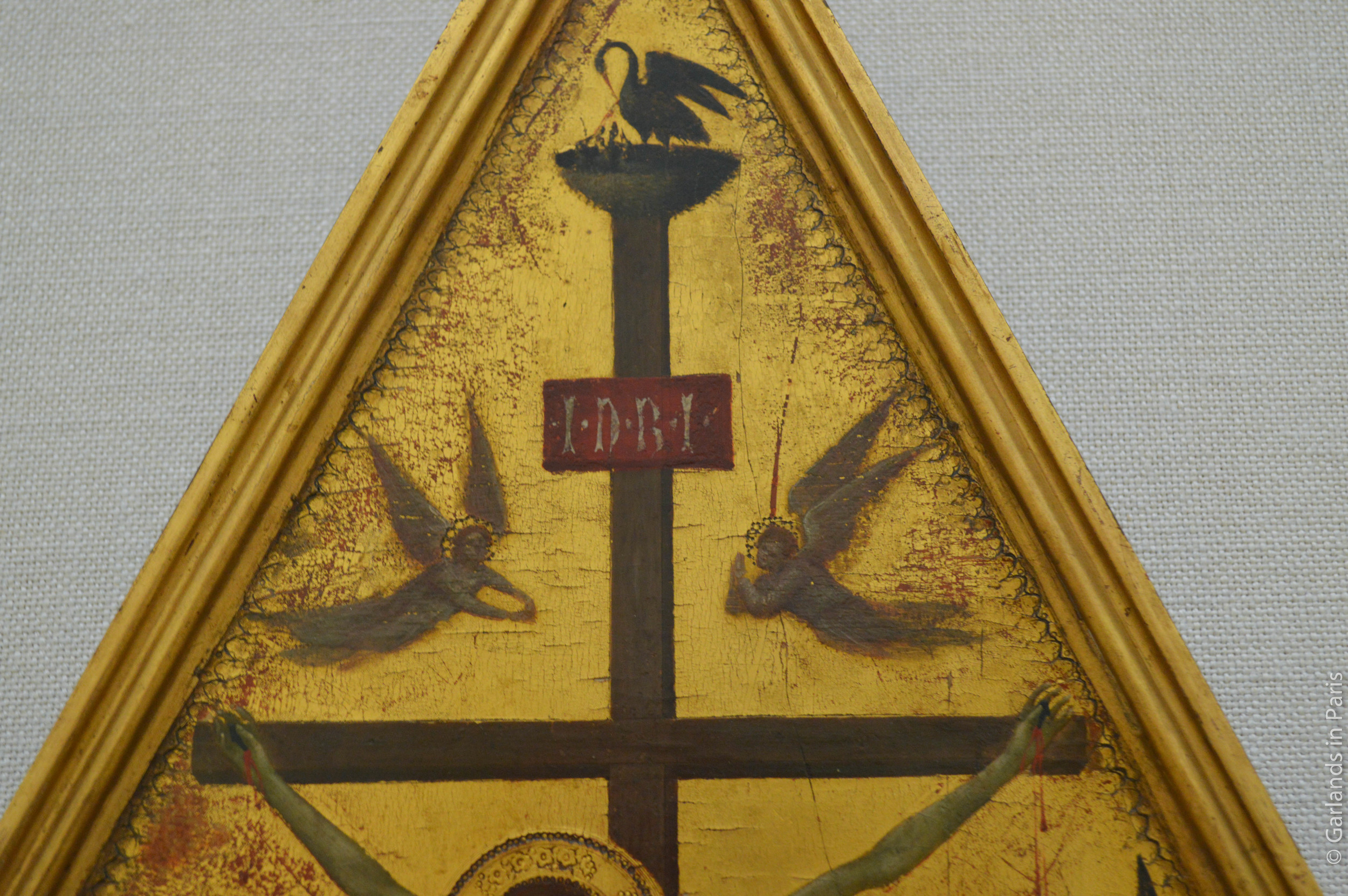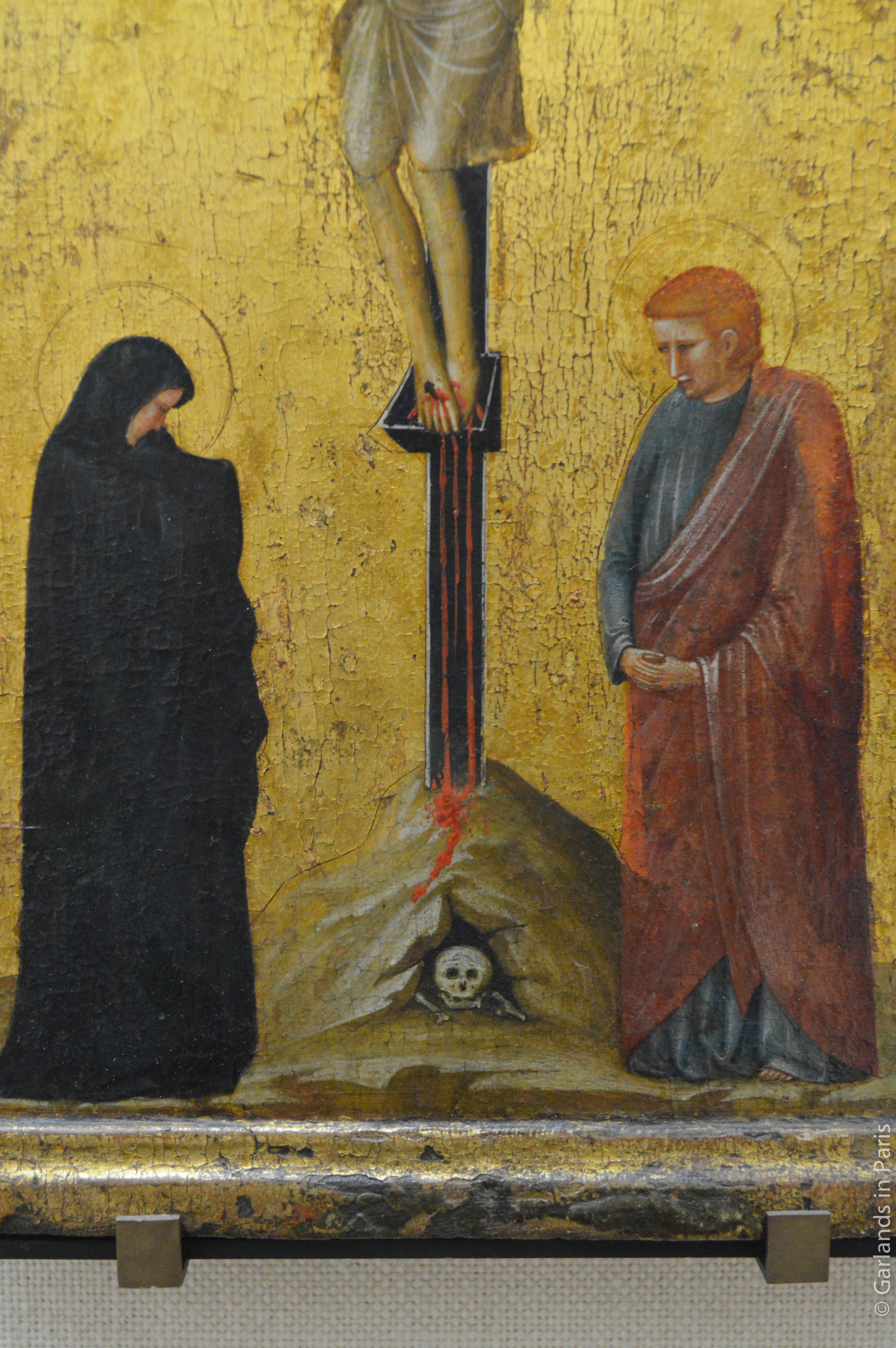Secrets in Religious Paintings in the Louvre
/I love being in on a secret.
And when I learn about the meaning behind a symbol or a visual convention in art, I feel like I am in on a secret with the artist. A stroll through the artworks in the Louvre brings me face-to-face with a plethora of secrets, some more legible than others.
Some of my favorite symbols and conventions can be found in Italian religious paintings; they are deliciously and creatively portrayed. I learned about many wonderful symbols when studying Renaissance Art in Florence, and I was reminded of them recently as I wandered through the Louvre on a Friday night. The following "secrets" can be found in Italian paintings in the Louvre's Denon wing.
DON'T TOUCH ME!
This is one of my favorite scenes to see represented in paintings. According to the Bible (John 20:11-18), Mary Magdalene was the first person to see Jesus after his Resurrection. The catch, however, was that she did not recognize him at first; she thought he was a gardener. But when he calls her by name, she knows who he is. She tries to reach out and touch him, but he says "Don't touch me!" (Noli me tangere, in Latin).
This has been translated in paintings in very original ways. I am always tickled when I see the newly resurrected Jesus dressed as a gardener or randomly holding a shovel, jumping out of the way of Mary's outstretched arms.
SWEATY PORTRAITS
According to a legend from the fourth century, a young woman was so moved seeing Jesus carrying the Cross that she offered him a cloth to wipe his brow. When he returned the fabric, the image of his face was impressed upon it! The woman became known as Veronica, which means "true image".
This moment is represented in artworks in many ways. Some artists represent it with subtle traces of Jesus's face on a cloth, as if left by a mixture of sweat and blood. Others take a less realistic route, painting a 3D head attached to Veronica's veil.
BLOODY PELICANS
Have you ever seen a representation of Christ on the Cross with a bloody bird on top? Most likely, that bird was a pelican.
In medieval Europe, the pelican was believed to show self-sacrificial love, wounding herself to feed her blood to her babies if there was no other food. This image became associated with the self-sacrificial love found in the Passion of Jesus, as well as the act of Communion. Even Elizabeth I adopted this symbol, associating herself with a very attentive mother of the Church of England.
SKULL HILL
According to the Bible, Jesus was crucified right outside of Jerusalem's walls called Golgotha, which it translates as the "Place of the Skull".
Artists would often paint a skull at the base of the Cross, but they were not just alluding to the name of the hill. A legend stated that Adam was buried on this site, and his bones were in the ground where the Crucifixion took place. By representing Adam's skull at the base of the Cross, artists reminded their viewers that the sacrifice of Jesus overcame Original Sin.
Musée du Louvre (Denon wing, first floor)
Address: Palais du Louvre 75001 Paris ∣ Métro: Palais-Royal Musée du Louvre (line 1 or 7) ∣ Opening hours: Wednesday to Monday from 9am to 6pm, open until 9:45pm on Wednesday and Friday






























